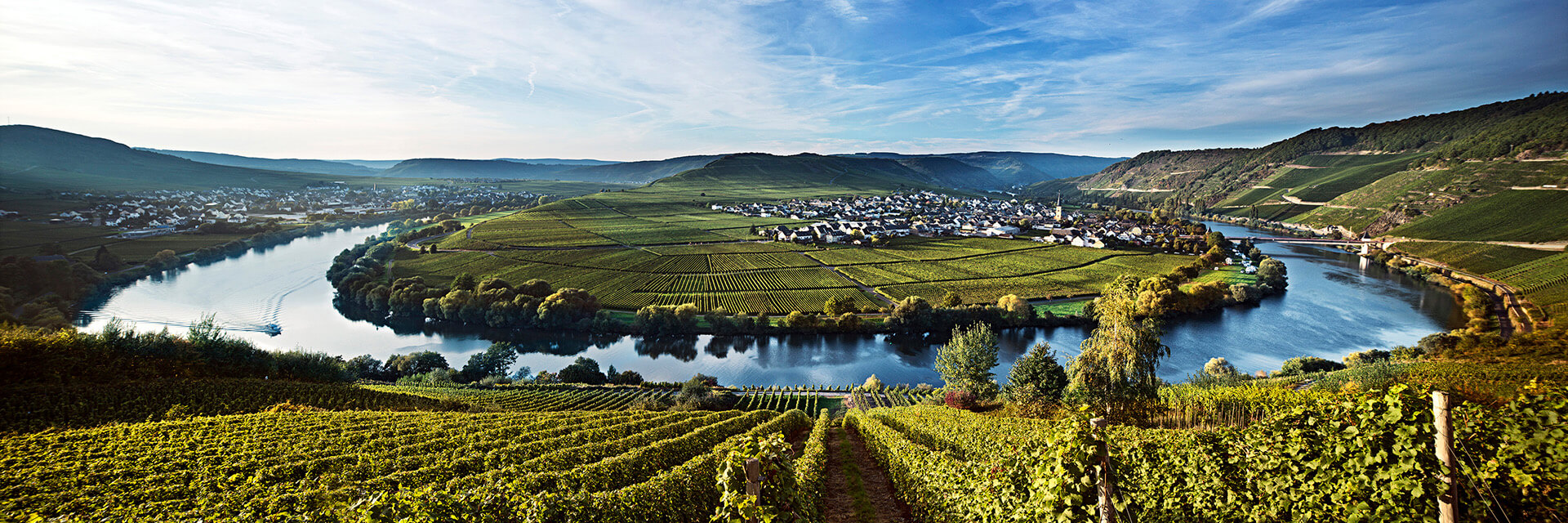
The Moselle
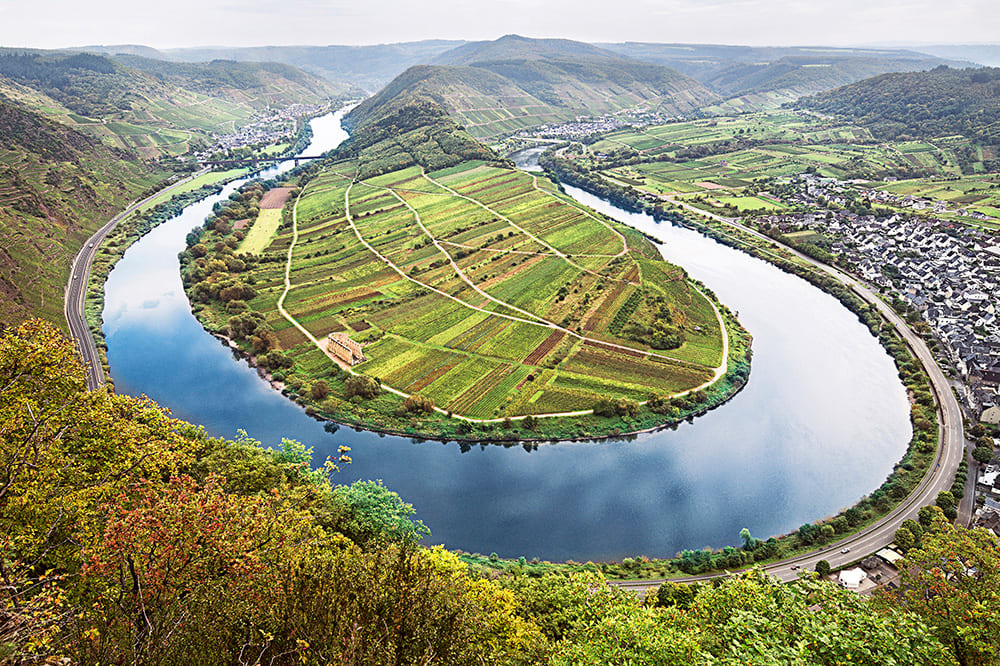
Origin
Originating in the Vosges in France, the Moselle flows north towards Luxembourg and Germany, where it forms the border between the two countries for a long distance. Not far from Luxembourg, it meets the city of Trier, which was of enormous importance in Roman times and is considered the oldest city in Germany.
Course
In addition to the city of Trier, the Moselle generally offers many sights such as medieval castles, Roman wine presses, vantage points and great hiking trails and is a popular region for holidays.
The part from Luxembourg to just before Trier is called the Upper Moselle. The course of the Moselle from Trier to the Cochem corner is known as the Middle Moselle. Our winery is also in this area, in the town of Osann-Monzel, a good 30 kilometres from Trier.
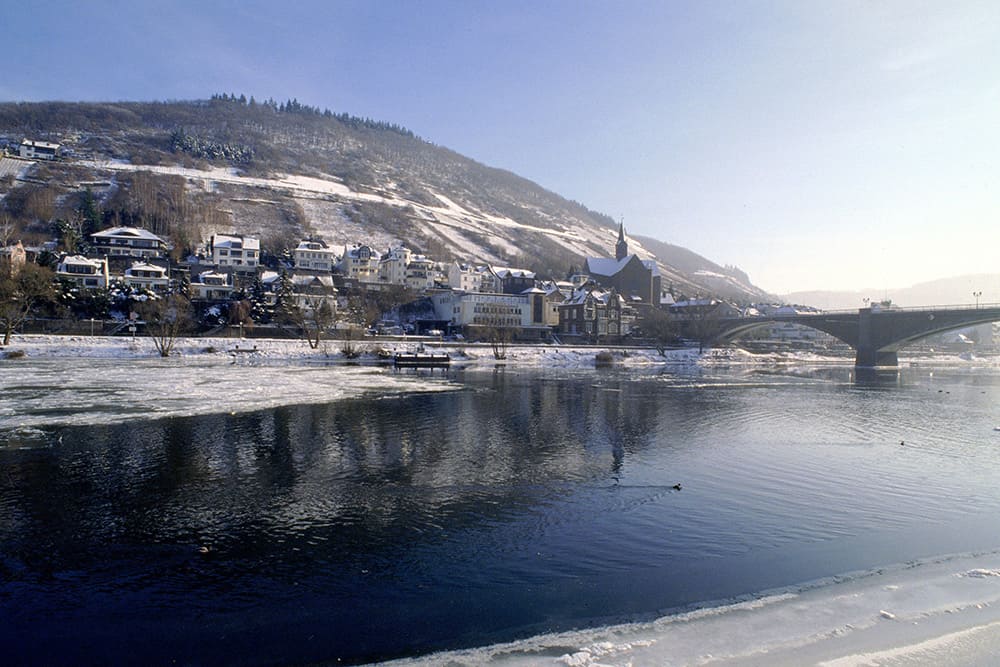
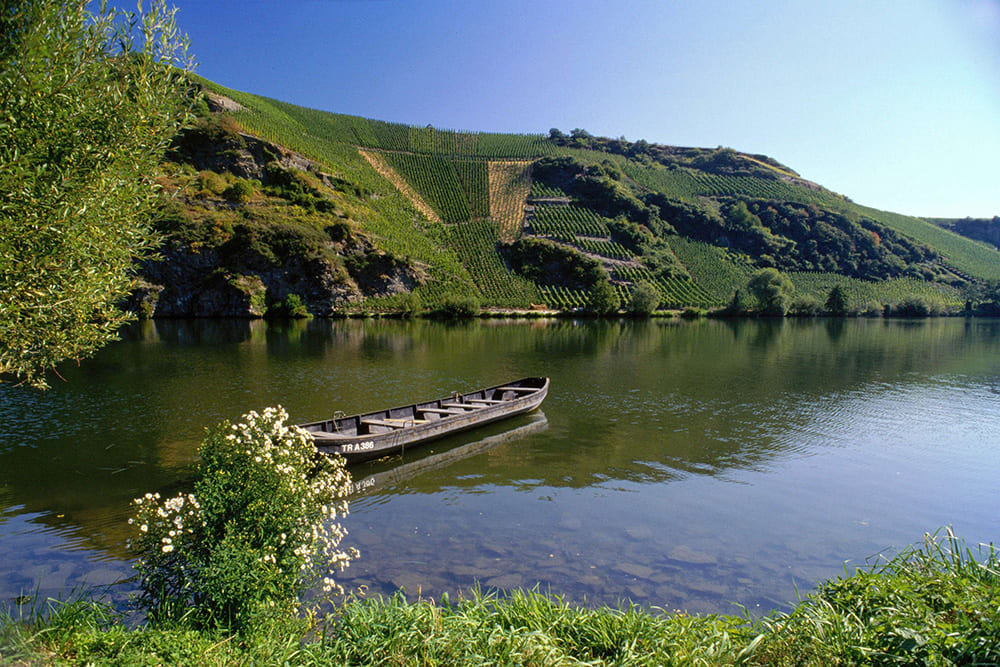
Final spurt
The last section before the Moselle flows into the Rhine in Koblenz at the German corner is called the Lower Moselle. Above all, the Middle and Lower Moselle are known for their extremely steep slopes, which are equipped with fertile slate soil and will play an important role for the Moselle wine in the later part.
Once in Koblenz, the Moselle has covered 544 kilometres, making it the second longest tributary of the Rhine.
Facts about the Moselle
- Source: Vosges, France
- Source height: approx. 715 m
- Course: France, Luxembourg, Germany
- Mouth: Koblenz in the Rhine
- Length: 544 km Large cities: Metz, Trier, Koblenz
- Residents in the catchment area: around 4.3 million
- Navigable: 394 km Important
- economic sectors: viticulture and tourism
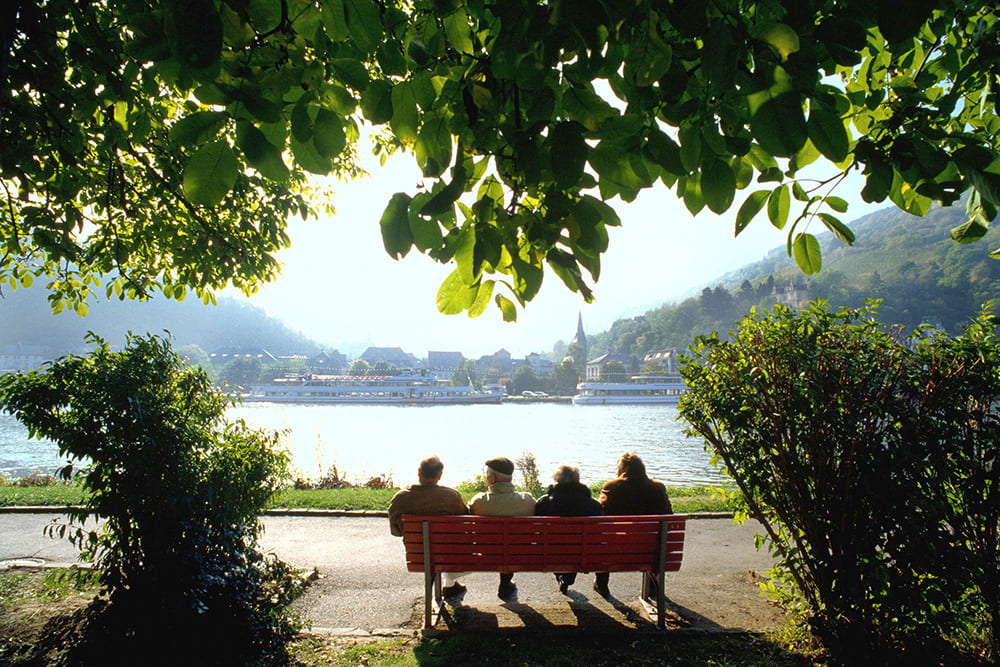

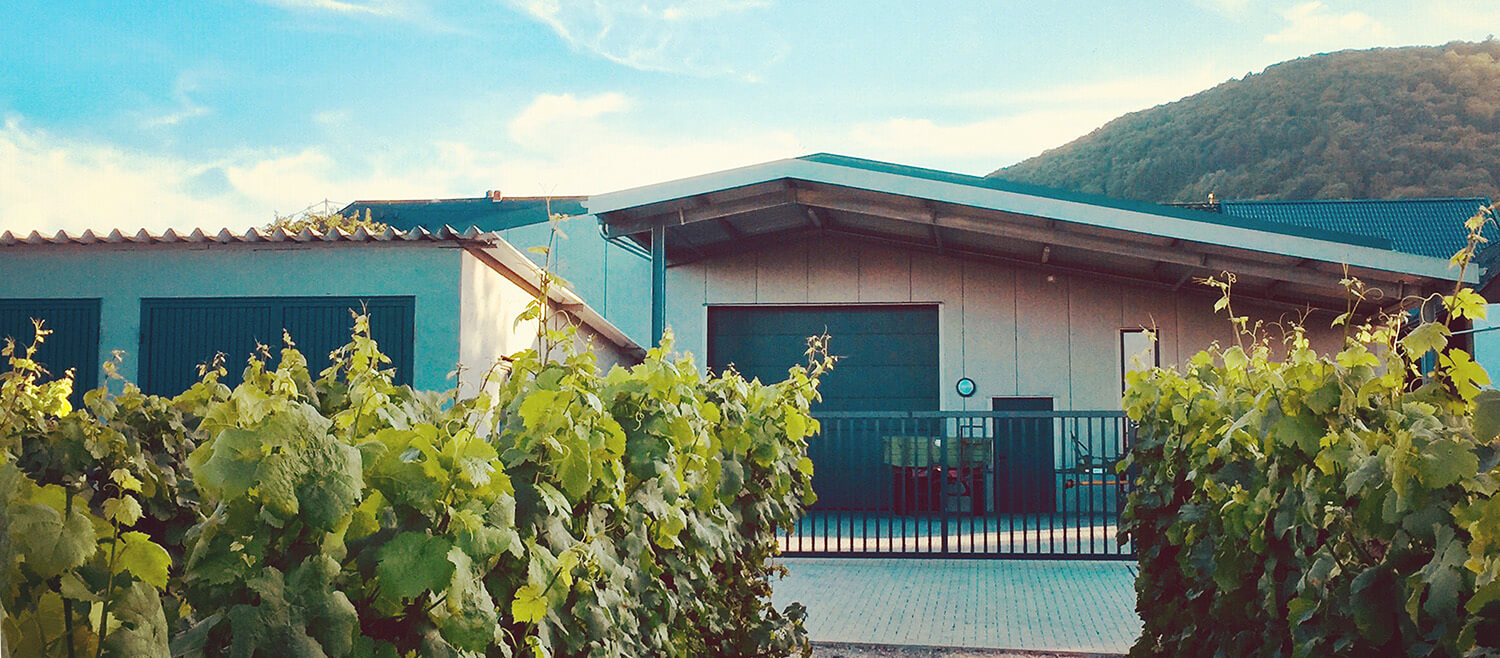
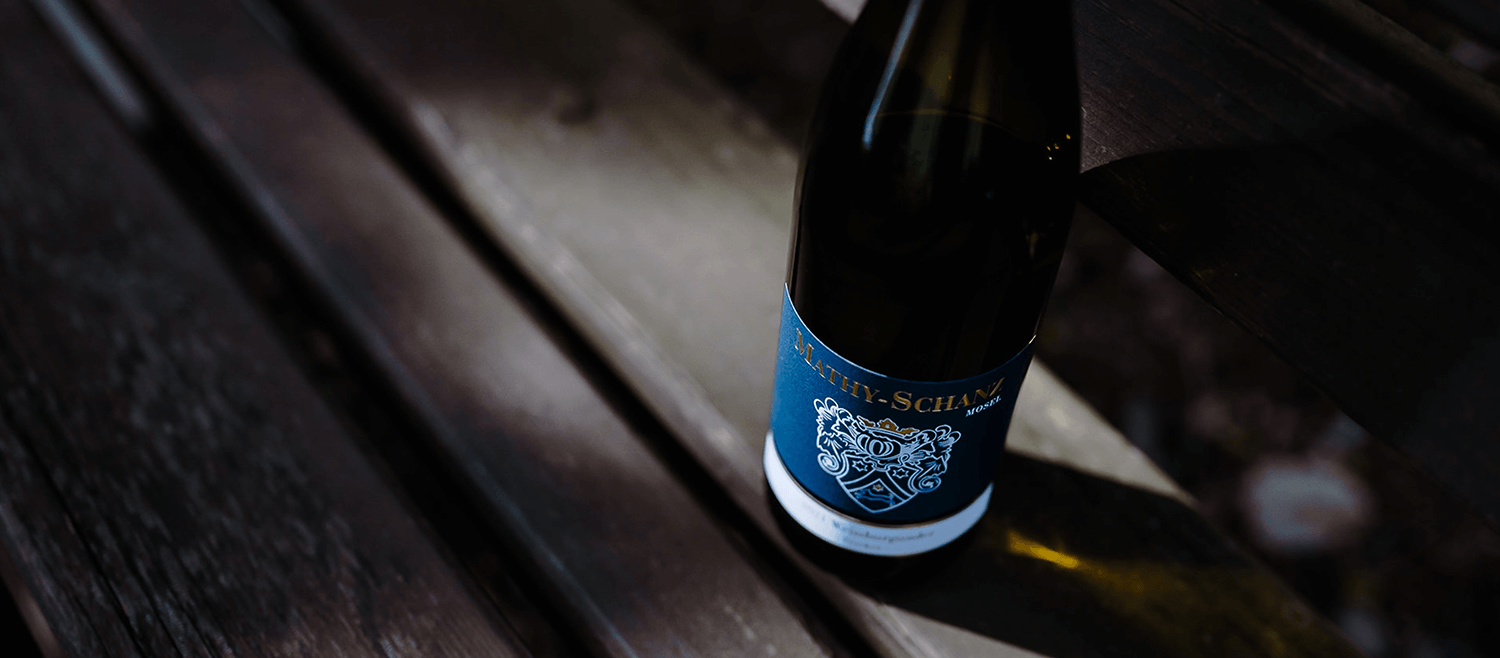

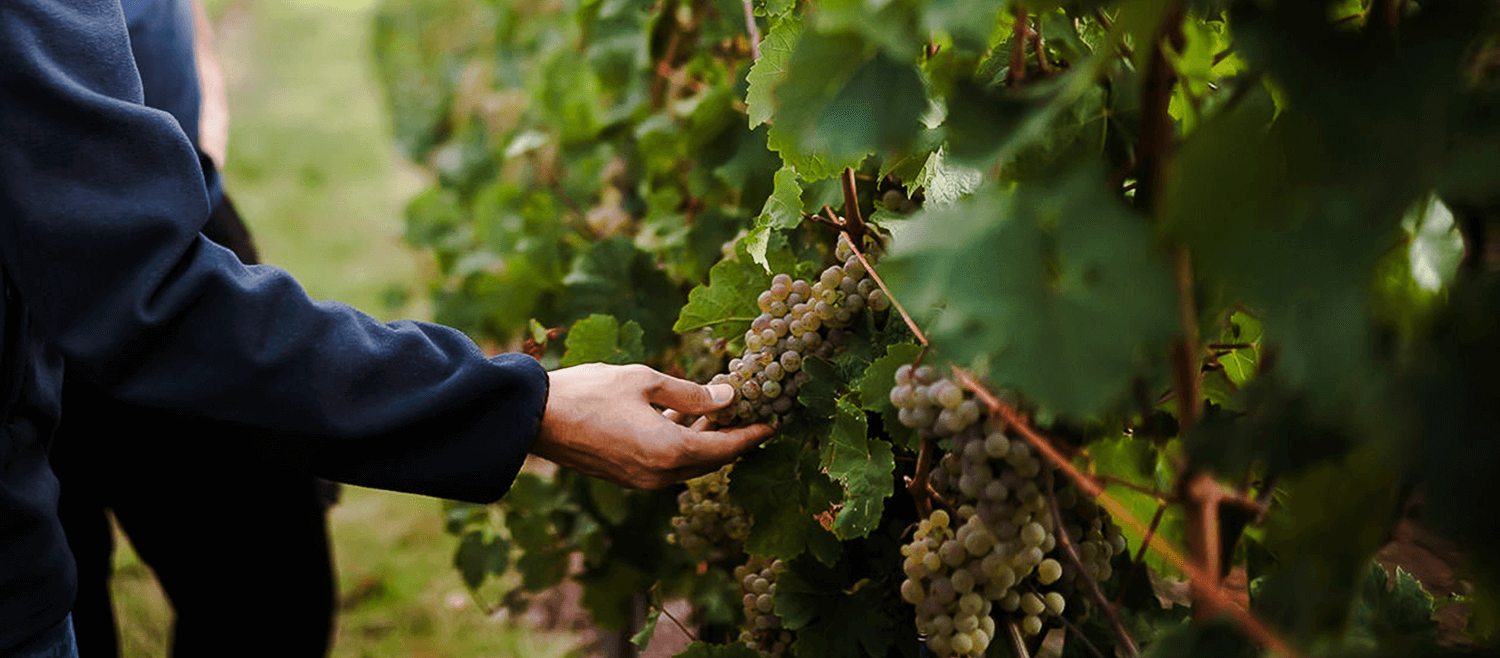
.jpg?ts=1728313977)